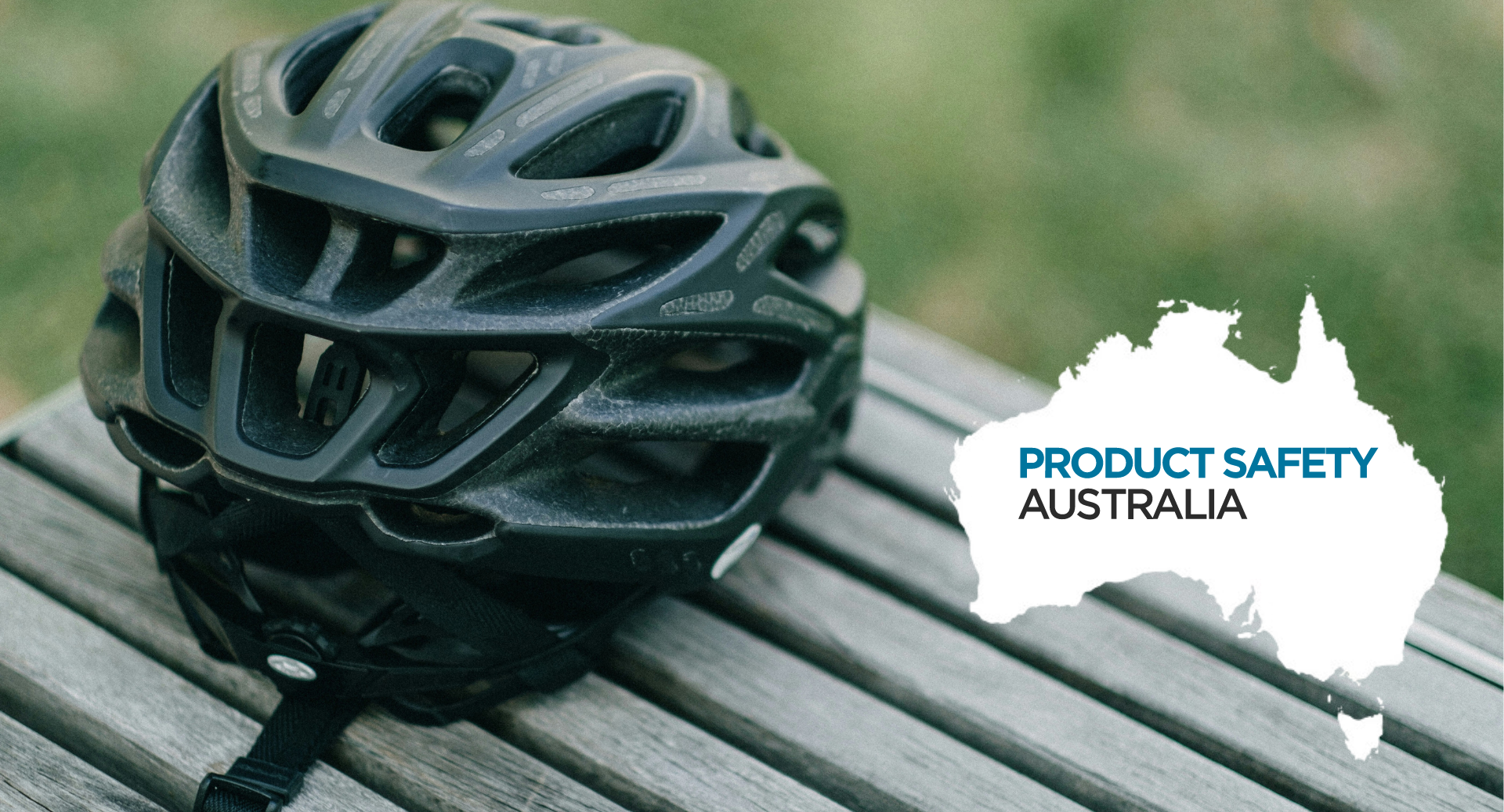If you produce garments and apparel it is important to be aware of specific regulations your product may be subject to. Garment testing is unique in that both voluntary and mandatory tests should be considered depending on your product. From performance testing to thread count, there are an endless number of tests you can perform to give your customers confidence and peace-of-mind about purchasing your apparel. However, when it comes to the production and testing of children´s apparel and sleepwear, certain testing cannot be overlooked.
Children´s garments are subject to some of the most stringent testing guidelines. These tests help to keep young wearers safe and assure parents of safety.
In this article, we will discuss the regulations you should be aware of when going to market with garments meant for wear by children under the age of 12.
What classifies as textiles for children?
Garments sized 2T to 12 (and in some cases up to size 16) can be subject to certain safety testing requirements.
The main considerations for children´s apparel are drawstrings, sleepwear, and labeling.
ASTM F 1816
ASTM F 1816 regulates drawstrings on children´s outerwear. This requirement specifies the following:
- That drawstrings must be sewed or backtracked when a single cord runs through a channel.
- NO drawstrings ever in the hood or neck for sizes 2T to 12
- NO drawstrings at the waist and bottom that exceed 75 h i d d d 75mm when garment is expanded to full width for sizes 2T to 16; and
- NO toggles, knots, or other attachments at free ends of waist or bottom drawstrings.
The standard applies only to sizes, not age.
Labeling Requirements
For regulated children´s products, permanent tracking labels are required. These labels must specify the following information:
- manufacturer or private labeler
- production location production location
- date of production,
- cohort information
Labels also must meet lead limit requirements.
Children´s Sleepwear Regulations
Children´s sleepwear is subject to some of the most stringent apparel testing guidelines. Here are some of the numerous things that must be considered when testing children´s sleepwear:
- Flammability: As mandated by CPSC, it is required for children´s sleepwear to pass specified flammability requirements. Currently, children´s sleepwear must be “flame resistant and self-extinguish when removed from a small, open-flame ignition source.” Such tests must be administered on the product when it is in its initial state and after 50 washes. Products that are exempt from this testing include snug fitting sleepwear, infant garments, and diapers and underwear.
- Chemicals: If a product features screen-printed designs, it will be subject to lead limits and potentially phthalate requirements.
- Small Parts and Drawstrings: If a product contains buttons or other accessories and is designed for a child under 3, it is regulated to prevent children from choking. If a children´s garment is designed with drawstrings, it should comply with voluntary standard ASTM F-1816 to prevent injury.
Testing for the above factors with a third-party accredited lab like ACT-LAB will allow your product to get a CPC certification which shows compliance with requirements.
Other Considerations
The above requirements are for distribution of products in the United States. If you are planning to sell your product in other countries, our international testing labs can help you meet requirements in your intended distribution region.
If you manufacture other children´s products such as toys or accessories, you may be subject to other testing requirements.
About ACT-LAB
ACT-LAB is an ISO/IEC 17025 accredited laboratory that conducts consumer product safety and compliance testing for an active world. We can help ensure that your products both meet industry standards and are inspected to ensure the utmost quality.
To learn more about our tests contact us today.
Read more about our accreditations here.
 ISO/IEC 17025 Accredited Independent Testing Laboratory
ISO/IEC 17025 Accredited Independent Testing Laboratory








